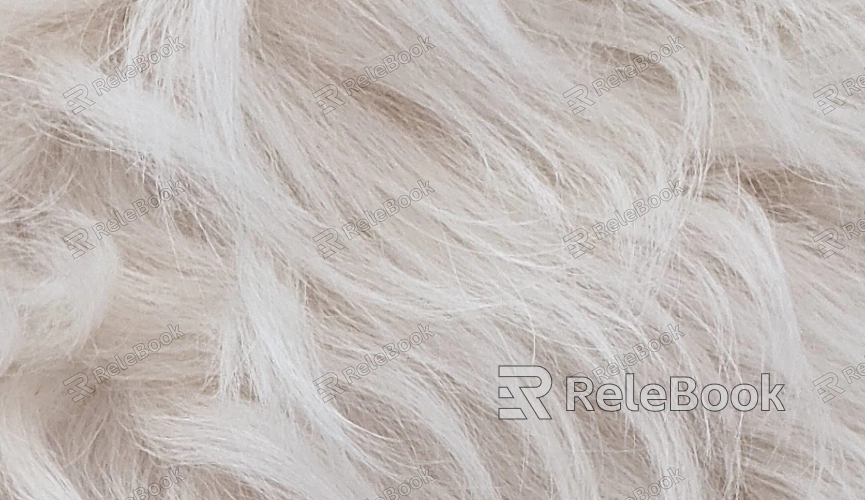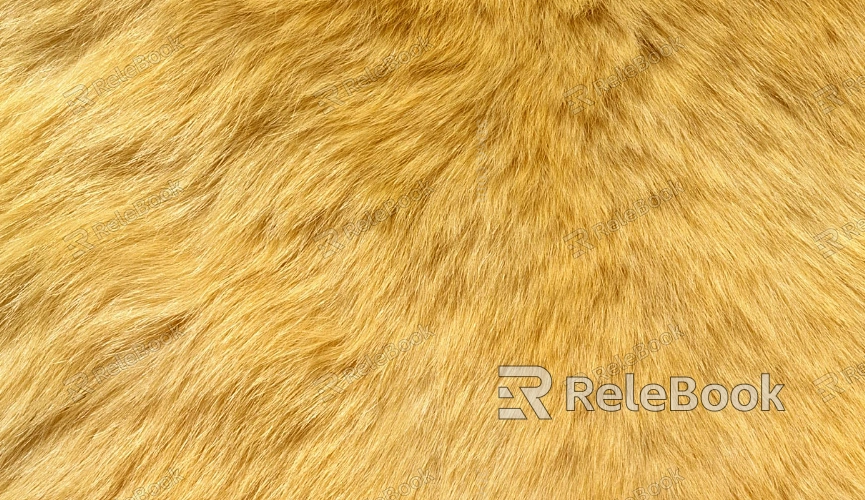How to Add Texture in Blender 3D
Textures are essential in 3D modeling and rendering as they define how objects look, whether it's wood, metal, glass, or other materials. Whether you're designing characters for a game or creating architectural renderings, the application of textures significantly enhances the realism of your projects. Blender, a robust open-source 3D software, offers various tools to apply and edit textures effectively. This guide outlines essential steps to help you add and optimize textures in Blender.

1. Preparing Texture Files
The first step in applying textures is selecting high-quality texture files that suit your project's requirements.
Finding High-Quality Resources
If sourcing textures feels overwhelming, you can explore websites like Relebook for premium texture assets. These platforms offer a wide range of texture maps, including color maps (Diffuse), normal maps, and roughness maps, to suit different materials.
Choosing Formats and Resolutions
Use formats such as PNG or JPEG for compatibility. Adjust the resolution based on the project’s needs—2K textures work well for game assets, while 4K or 8K textures are ideal for high-detail renders.
2. Unwrapping UV Maps
To ensure the texture fits your 3D model correctly, UV unwrapping is a necessary step.
Understanding UV Mapping
UV mapping projects a 3D model's surface onto a 2D plane, determining how textures are positioned. Proper UV layouts prevent distortions and uneven stretching.
Automatic vs. Manual Unwrapping
In Blender, pressing U opens the UV unwrapping menu. For simple models, automatic unwrapping is sufficient, but more complex models may require manual adjustments to achieve uniform texture distribution.
3. Adding Basic Materials
Material creation in Blender’s Shader Editor is crucial for applying textures.
Creating a New Material
In the Material Properties panel, click "New" to generate a material. Blender will add a Principled BSDF node, suitable for most material types.
Connecting Texture Maps
Use the Image Texture node to load your texture file and link it to the relevant input of the Principled BSDF node, such as Base Color or Normal Map.
4. Adjusting Texture Mapping
Texture mapping ensures that the texture aligns properly with the model's surface.
Scaling and Transforming Textures
Add a Mapping node to adjust the scale, rotation, and position of the texture.
Using UV Coordinates
Connect a Texture Coordinate node to the Mapping node and select UV input to align the texture with your UV layout.
5. Applying Normal and Bump Maps
Adding detail through normal and bump maps enhances surface realism.
Adding Normal Maps
Load a normal map via an Image Texture node, connect it to a Normal Map node, and then link the output to the Normal input of the Principled BSDF node.
Tuning the Strength
Adjust the strength in the Normal Map node to balance the effect. Excessive intensity may look unrealistic.

6. Refining Material Properties
Refining material properties helps achieve a polished, realistic look.
Roughness and Metallic Values
Tweak the Roughness and Metallic sliders in the Principled BSDF node to set surface reflectivity and metalness. For instance, glass requires low roughness, while metallic surfaces require a Metallic value of 1.
Enabling Transparency
For transparent materials, increase the Transmission value and ensure transparency is enabled in the render settings.
7. Enhancing Materials with Nodes
Using nodes creatively can produce more complex material effects.
Blending Textures
Combine multiple textures with a Mix Shader node, such as adding scratches to wood or graffiti to walls.
Adding Random Variations
Use a Noise Texture node to introduce subtle randomness, giving materials a more natural appearance.
8. Testing and Adjusting Before Rendering
Testing ensures that the textures appear as intended under different conditions.
Previewing in Real-Time
Switch to Rendered View in the viewport to see how textures respond to lighting and make adjustments as needed.
Optimizing Render Settings
Enable ray tracing, denoising, and appropriate sampling settings to balance quality and performance.
By following these steps, you can efficiently apply and optimize textures for 3D models in Blender. This process encompasses everything from preparation to rendering, making it suitable for diverse projects and skill levels. Whether you're new to 3D design or an experienced artist, these techniques will help you achieve impressive results.
If you're looking for top-notch 3D texture resources, SketchUp models, or 3ds Max models to elevate your creations, check out Relebook for an extensive selection to enhance your project's visual appeal.

